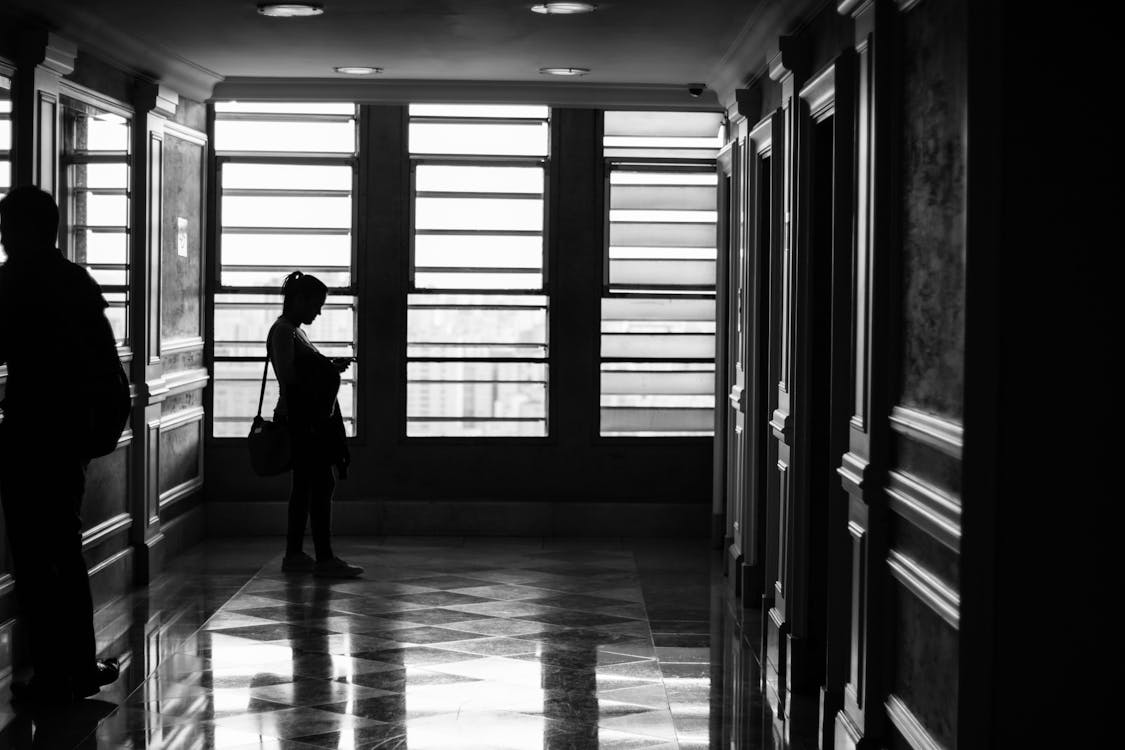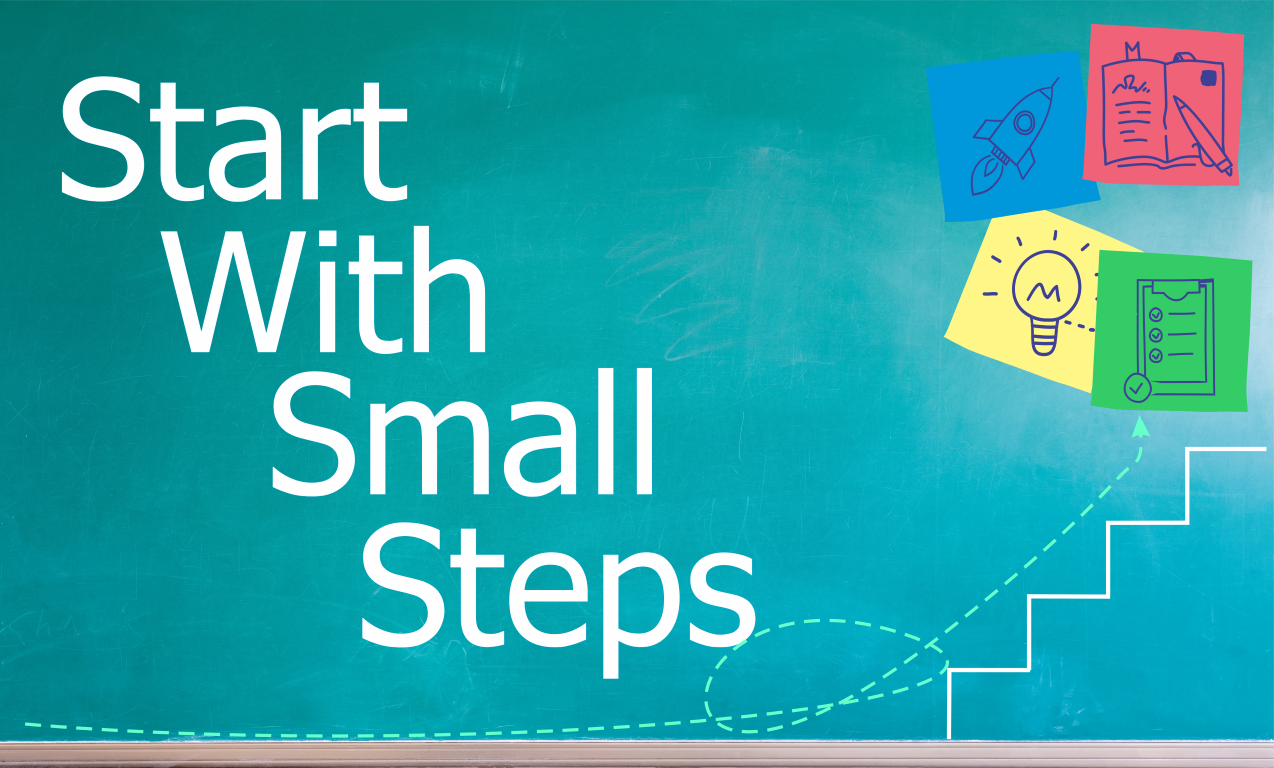For every ailment under the sun, there is a remedy, or there is none. If there be one, try to find it. If there be none, never mind it. – W.W. Bartley
The Serenity Prayer
Today we’re going to talk about how to deal with some of life’s problems when they come our way. And how can we break them into categories that make them solvable? And then what can we do to re-frame the problems and tackle them head-on. We’re going to pull a couple of different techniques from different areas that will help us do this. The Serenity Prayer is something that’s been with us for a very long time. And as someone who was brought to Al-Anon and brought to Alateen, many times when I was a kid, it became ingrained in me at a very early age. And while it is often thought of as a thing that is used by addiction programs, it always makes me feel a little bit sad, when a great idea, like the Serenity Prayer gets stuck into this corner. Where it has a specific application, and nobody uses it for other things. I think this is a great time to take that idea and start using it more often. And for more issues that we see in our lives. And if you’ve never heard the Serenity Prayer before it goes, God grant me the serenity, to accept the things I cannot change, the courage to change the things I can, and the wisdom to know the difference. I have to say that this was one of those things that saved my life. As a kid, I was able to start putting everything into two kinds of buckets. And I still do this to this day. If there’s something that I find upsetting. The first question I asked my mind is, ‘Is there something I can do about this?’ And if there’s not it goes into the bucket of Nope, there is nothing I can do about it. Let’s just pray about it. If there is something I can do about it? Well, first, I still pray about it. Also, that’s when I really want to take steps and move on it.
That’s where I think the power of this particular attitude is so good. The Serenity Prayer was written by Reinhold Niebuhr somewhere around the 1930s and was adopted into Alcoholics Anonymous, somewhere in the 1940s. And while it’s fantastic, it was also probably based on older knowledge and wisdom. Let me give you some examples of that. Friedrich Schiller wrote in 1801, “Blessed it is he who has learned to bear what he cannot change, and to give up with dignity, what he cannot save.” That’s pretty nice. And then in the 11th century, Solomon ibn Gabirol wrote “At the head of all understanding is realizing what is and what cannot be, and consoling what is not in our power to change.” In the eighth century, there was an Indian Buddhist named Shantideva. But he said, “if there’s a remedy when trouble strikes, what reason is there for dejection? And what if there is no help for it? What use is there in being glum?” And then maybe the earliest one, a fellow named, Epictetus said, “Make best use of what is in your power and take the rest. As it happens, some things are up to us.” And some things are not up to us. And of course, there was the most powerful take on it of all by Bill Waterston and Calvin and Hobbes, “Know what I pray for? The strength to change what I can, the inability to accept what I can’t, and the incapacity to tell the difference!” Well, maybe that’s pretty bad advice. But you can see what an impact the Serenity Prayer has made throughout history, in concept and in popular culture.

As I mentioned before, is that I grew up in a very chaotic situation and having a father who was an alcoholic, and there were just a lot of things going on in my life. We were a family, and that was in the military. And so, despite having friends I loved and people I wanted to hang out with, and we got transferred from time to time. And there was just not a thing I could do about it. I had to give up my home and my school, all the friends that I have, and start over every time. And so, what happens is in learning the Serenity Prayer. It helped me as a kid put things in those buckets and decide. Can I change this? Nope, I can’t stop us from moving to another base. Nope! I can’t stop my father from drinking. There’s none of these things I can change. So how can I do things within that framework of knowing what is and what isn’t? And I can’t touch that. And so, whenever I see a situation, I look at it and I think ‘Can I change it?’ ‘Can I not change it?’ They go into those two buckets almost immediately. And another category might be issues that are hard to solve, and harder than you’re willing to put into the effort. So, there’s the impossible task. There are the doable tasks, but maybe there’s the ones that are too hard or have too many costs associated with them. You would lose a friend, you would lose your job, you know, something that you just couldn’t bear dealing with the ramifications.
Whys of Motivation

A couple of podcasts ago, we talked about gravity problems. And again, gravity is not our problem. Gravity just is. We talked a little bit too about how you change the framework to change things that you can change and how can you make something unchangeable and alter it so it is something that you can go after? When they first talk about what you can do when you have a problem that’s hard to solve, and rethinking about those problems, there’s some very interesting examples of that. It is the elevator problem. Why is this elevator so slow? What happens when you think, well, it’s going to cost a lot of money to get better elevators, and maybe the building structure doesn’t even allow us to do that. In thinking about the problem. The first thought, ‘what is actually the problem?’ Well, the elevator is too slow. However, there are other problems like is it that maybe it’s just too boring to wait for a slow elevator. And the funny thing about it is the solutions they came up with, you put up mirrors. And strangely enough, they found out when you put up mirrors and elevators, that people are checking their clothes, or making sure their hair is right and looking to see if they look kind of tired today. And it gives enough distraction, that they’re not thinking about how long it is that they’re just standing there waiting. They put in what we now know is elevator music. And it’s funny because elevator music is pretty talked about in movies or laughed about in commercials. But it gives the brain enough of a joke if you don’t like the elevator music. Or if you do like the music, that it cuts down on that time where you’re just thinking, ‘Why is this taking so long?’ You don’t have that same problem anymore. This elevator problem suddenly became a solution. Because they were able to find other ways, less expensive ways to get people into where they’re going. It transforms the whole problem into something else.
And what’s important when thinking about re-framing a problem so that you can take something that’s unsolvable, or a gravity problem and turning it into something that you can solve. And you have to realize that first of all, you’re not over analyzing this to death. If there’s a problem, you cannot solve, you cannot solve it. Just get over that fact, you just have to do it. It’s not about finding a new way around. It’s about thinking about the problem in an entirely different way. And trying to figure out, is this even the right problem to solve? Am I solving the right thing? This is about generating more options for you. It’s about coming up with different solutions and thinking outside the box on really where the problem is at. And this brings us into the next type of discussion about where the book designing your life talked about a fellow he weighed too much to do something that he wanted to do with his family on a vacation. And when he dug in deep and found out why. ‘Why do I want to do this?’, ‘Well, I want my family to have a fun time.’ ‘Why is that?’ ‘Well, I just wanted to make it something really unique and memorable.’ He was able to dig deep into the situation and figure out he didn’t have to do the thing that’s impossible to do. And the impossible thing was is he just needed to lose a tremendous amount of weight in a short period of time. It wasn’t going to be healthy if you tried to do it. And he probably couldn’t have done it anyway. But by digging down deep into the whys, he was able to say that the real thing he was trying to solve was having a good time with his family and finding unique experiences for everyone. And he was able to do that without digging himself into a health problem. And this is where re-framing the problem asking these Why’s really drives it back.
https://hbr.org/2017/01/are-you-solving-the-right-problems
The Five Whys

There’s a technique that was developed by a man named Toyoda who worked for the Toyota factory in Japan. And he came up with this methodology of the Five Why’s this comes into Six Sigma training. The one issue is like the guy who was trying to have a great family vacation. What can I do instead? How can you use the Five Why’s to getting to the root problem, so you can solve the right thing? To give you an example, I was having trouble sleeping. Why? Well, my brains all over the place. Why? I can’t stop thinking about things. It’s happening all the time I think about to do list. I think about things I’m going to talk about on the podcast. Why? I’ve always struggled with getting my brain to calm down, particularly when it’s quiet, and I have nothing else to think about. I finally got to the point where I realized I needed a couple of things. First of all, I needed to have something else to think about that is not stressful or is not going to engage my brain too much. That might be a very calm, Audible book, I can listen to something that’s interesting, but not too challenging. Or I started using Headspace Sleepcasts. And if you’ve never heard of Headspace Sleepcasts, they are fantastic. It helps me to get my mind down. It gives me something to think about that doesn’t require any deep thoughts or an exciting thought. So, by using the whys I was able to come to that decision. And when do you stop asking Why? When you stop producing useful responses.
https://leadingbd.com/2016/05/the-five-whys-of-purpose/

Let’s try scenario when it comes to healthy food. So, a person says:
I got bad lab results today for cholesterol and glucose.
Why?
- I eat all the wrong kinds of food.
Why?
- Well, I buy foods at the grocery store and they’re just easy to prepare, but they’re full of sugars and saturated fats and all the bad things.
Why?
- Well, I always intended to look at some recipes and find some healthy dishes to make that are pretty simple. But I never ever spend time to do it.
And then you might go to the next Why?
Why?
- Well, I spend too much of my time reading books. And I really should spend time learning how to cook.
That Why could have gone to that extra direction. But it led us to a different problem, which was a time management problem. And we need to address the food problem. So that last Why was really irrelevant to our issue, that person doesn’t have healthy food in the house, because they don’t know how to prepare it and they don’t know how to cook it. So now we’ve used the Whys to drive into a real problem. A simple way of going about that is to spend one hour and try to just find three healthy meals that are simple to make. The Cooking Light series of books are fantastic for that. Pick out three recipes that are just very easy. Maybe it takes you about an hour, it’s not as much time as you think. And then every other week, add one additional recipe to your collection. Also find some healthy foods that are standalone items, carrots, small packs of nuts, lean chicken tenders. Things that are easy to make or out of the box to eat, that are also still healthy. Get one good week under you. Just have one solid week of food. Simple, but healthy-ish plan. Obviously, you cannot fix every problem you have with your diet in one week but starts to take a foothold into that problem. Build slowly and slowly replace the bad foods with good foods as you slowly learn new things to try. That is how we can use the five why’s to go through something that seems very stressful, maybe hard to solve, and brought it down into, I just need to learn a few quick things to solve this problem. Simon Sinek wrote a book called Why and we’re not going to talk a great deal about this book. But he talked about how using the Why system will also help you support your goals. And I believe the story was something like this where this fellow wants to lose weight. Why? Well, I want to be healthier, why? And my doctor said I might die if I don’t. And I don’t want to leave my family alone. And he was able to use his Whys to help bolster his goals. But that’s another good use for using the five why’s when trying to solve your own problem. 1. Is to get down to the real issue. So, you can reframe the problem, which might be a gravity problem into a new type of problem that is actually solvable. 2. Use the five why’s and to get the heart of really why you want to do something so that it encourages you and it also acts as motivation for you to get those things done.
So, as I said at the beginning, these ideas tie together to first help us determine what’s possible, what’s not possible, and maybe what is just too hard to achieve right now. Then decide how to reframe the problem that is either hard or impossible into something that solvable or maybe even a better solution than the idea you first became anchored to. Then using our Whys, we ensure that we’re on the right path. We ensure that we’re solving the right problems and then we have the right motivations that will carry us to success. And this kit of ideas is meant to help us get past these really hard to solve issues
https://alexchiri.com/2018/12/02/accept-gravity-and-let-go-of-your-anchors/
https://www.mindtools.com/pages/article/newTMC_5W.htm
Summary
- In order to get serenity in life, try to figure out what are things that you can change, and then figure out how to change them
- Figure out what you can’t change and try to just leave it in God’s hands and find peace about it.
- Get better at trying to determine what those things are. That’s the Serenity Prayer.
- Use the Give Why’s to help bolster your motivation, but also dig deeper, and re-frame the problem to know how you can better solve the problem.
Challenge
- This week, I try to put every problem you encounter into one of the two buckets, I can solve this, I can’t solve this, and see if you can get better perspective on what’s going on. Then on the things that you can’t solve, what are the things you can solve about it, even if you can’t solve the main issue.
Fun TV advice.
This one comes from the show House.
“The problem is the world doesn’t work that way just because you want it to.”
“It figures you stall and refuse to deal with the issue. Problem is the world doesn’t go away just because you wanted to.”
If you get one message from this podcast is that we have to live in a world of reality even if sometimes the reality is harsh. We have to know what is true and solvable. We don’t know the basics of reality will not get anywhere else in life. And you also can’t ignore reality. It’s just as bad as not believing it. Boy, that Dr. House he can get it just as harshly as he gives it.

